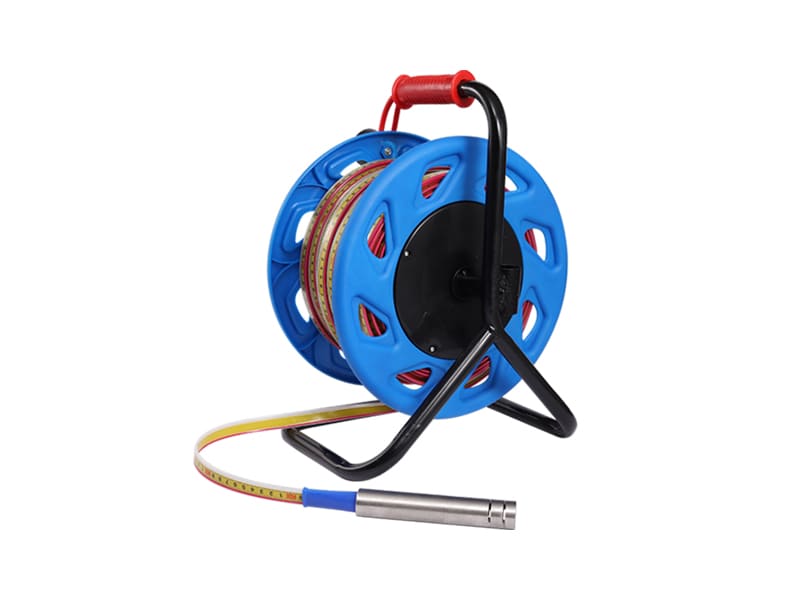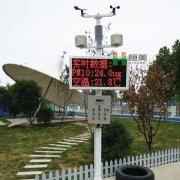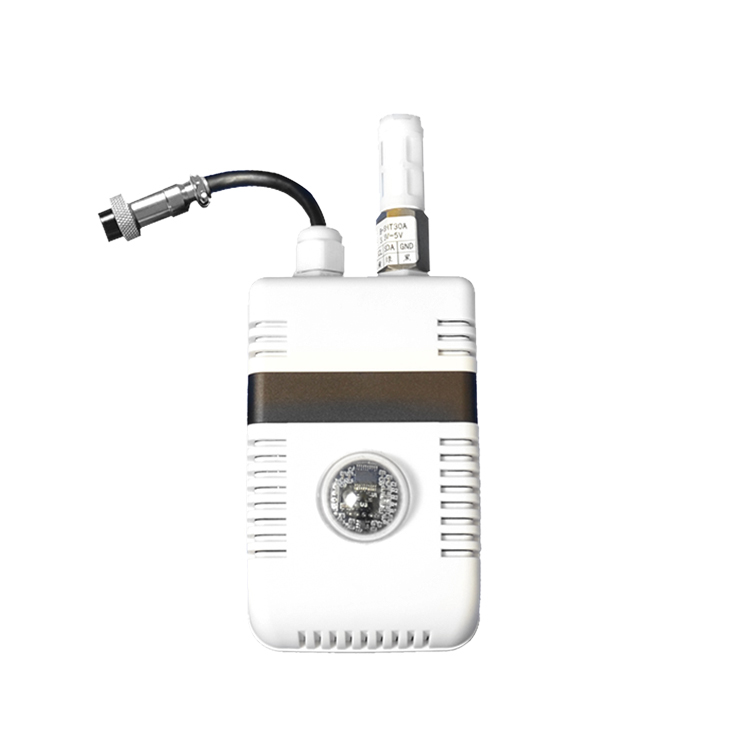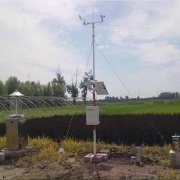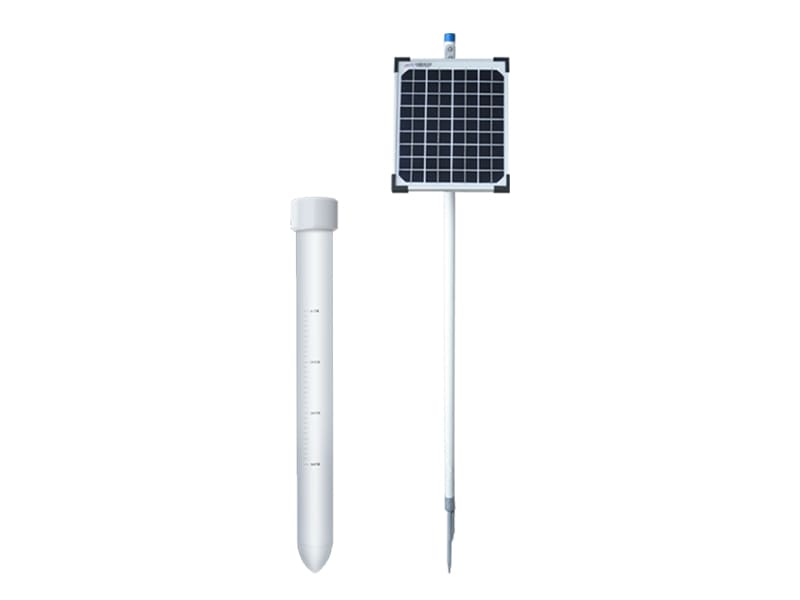
Product Overview
The tubular soil moisture monitoring instrument is a sensor developed based on the principle of dielectric constant, which can quickly, accurately, and comprehensively monitor the moisture and temperature content of different soil layers. This sensor supports customization in monitoring the number of layers. It can measure the temperature and humidity of three layers of soil at a low level and ten layers of soil at a high level.
This product can quickly and comprehensively understand soil moisture information, provide decision-making support for drought relief, and minimize disaster losses. The product adopts standard Modbus-RTU485 communication, which can communicate up to 2000 meters and supports secondary development.
The product is suitable for agricultural and rural bureaus, universities, research institutes, water conservancy bureaus, environmental protection bureaus, and enterprises and institutions.
Product features
1. The outer shell is made of PVC plastic tube, which emits high-frequency detection waves of nearly 1G Hz inside, which can penetrate the plastic tube and effectively perceive the soil environment.
2. Not affected by salt ions in the soil, agricultural activities such as fertilizers, pesticides, and irrigation will not affect the measurement results, and the data is accurate.
3. The electrode of the sensor does not come into direct contact with the soil to avoid interference from electricity on the soil and plants in the soil.
4. The product adopts the standard Modbus-RTU485 communication mode, with a distance of 2000 meters.
5. Supports wide voltage charging of 10-30V.
6. The integrated system can simultaneously monitor the temperature and humidity of three layers of soil.
Technical parameters
1. Working temperature: -40 ℃ -80 ℃
2. Soil moisture: 0~* * * * (± 5%)
3. Soil temperature: -15 ℃~35 ℃ (± 0.5 ℃)
4. Measurement point spacing: 10cm
5. Power supply method: 10-30V wide DC power supply
6. Shell: PVC plastic pipe
7. Protection level: IP68 for parts below ground level
8. Output signal: RS485 (Modbus protocol)
9. Power consumption: Three layer 0.7W
Installation instructions
1. Use a soil drill to drill holes in the appropriate location
1.1 Place the soil drill vertically on the ground, grip the handle tightly with both hands, press down clockwise, and rotate slowly. (Note: Do not apply too much force, be sure to rotate slowly and make a few more turns to prevent the drill bit from deviating and causing the hole to tilt)
1.2. Take out the soil drill from the hole and place it in a bucket. Collect the soil from the drill into the bucket using the following steps and mud. (Note: Due to excessive impurities, drilling soil will not be collected.)
1.3. Continuously drill holes and collect soil as mentioned above, and during this process, try to gently insert the sensor into the hole (do not touch the device hard to the bottom) to test whether the depth of the hole is appropriate; If there is a lag, use a soil drill to correct it and ensure that the sensor is inserted and removed smoothly; Until the hole depth is flush with the installation position marked by the sensor, drilling is completed
2. Making Mud
2.1 Extract impurities from the soil extracted by the soil drill, such as stones, grass roots, and soil blocks that are not easily soluble. Rub the soil fine to mix with the mud
2.2 Pour in an appropriate amount of water and stir thoroughly until it becomes viscous; Loam mud generally cannot be thicker than sesame paste; Completed with mud
3. Grouting installation
3.1 Slowly pour the mud into the hole, about 1/2 of the hole; Adjustments can be made based on actual circumstances
3.2 Slowly insert the sensor into the hole, rotate it slowly in one direction and press it down. If the speed is too fast, it may cause bubbles to not be completely discharged (note: do not pull the sensor up during the process of rotating and pressing down again to prevent gas from being sucked back into the hole)
3.3 When the sensor is installed to the correct depth, some mud will overflow around the equipment, and grouting is completed; At this point, the installation depth of the sensor is flush with the hole opening (note: remove excess mud outside of 3CM around the sensor to prevent clumping and water infiltration)
- Previous: no more
- Next: Tubular Soil Moisture Monitor



 Current
Location:
Current
Location: +86 17853698681
+86 17853698681 WhatsApp
WhatsApp Product Details
Product Details Related Products
Related Products